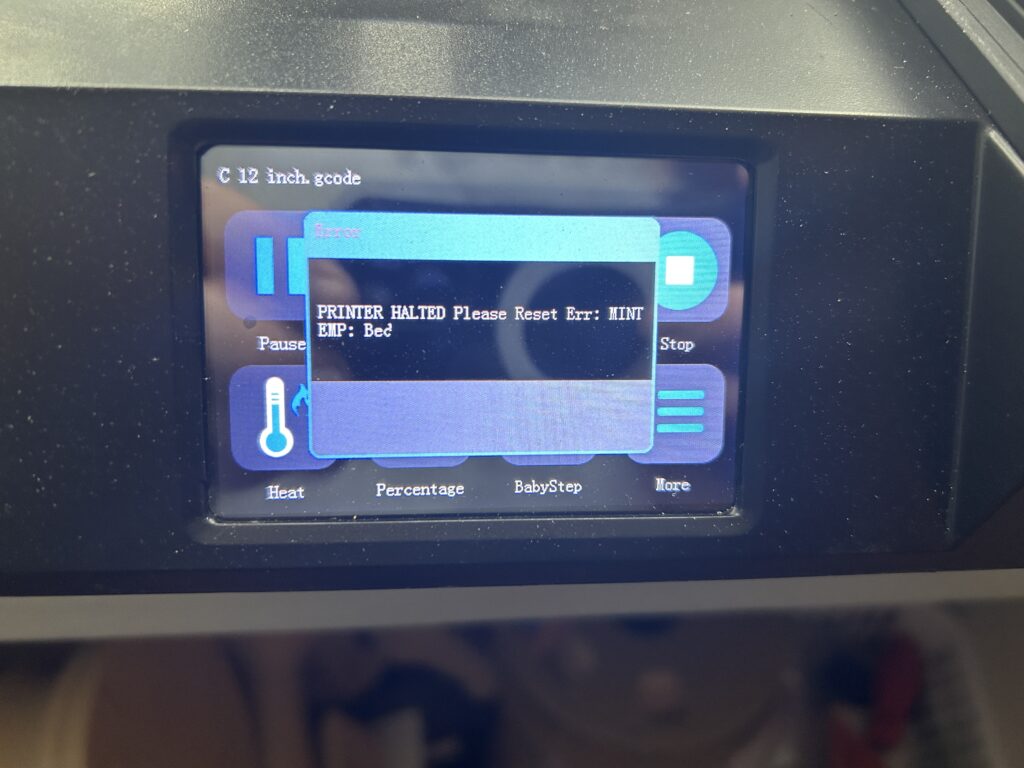In the vast landscape of the digital age, email scams have become an unfortunate reality. These deceptive messages can range from phishing attempts to fraudulent schemes, preying on unsuspecting individuals. But fear not, for equipping yourself with the knowledge to recognize, avoid, and report these scams is your best defense. In this article, we’ll delve into the tactics scammers use, how to spot them, and crucial steps to safeguard yourself and others from falling victim to their traps.

Key Indicators of Email Scams:
- Check the Email Address: Scammers often use fake or suspicious email addresses that mimic legitimate sources. Double-check the sender’s email address, especially if it seems unusual or differs slightly from official channels.
- Look for Grammatical Errors: Poor grammar and spelling mistakes are common in scam emails. Legitimate organizations typically maintain professional communication.
- Urgent Requests for Personal Information: Be wary of emails demanding sensitive information like passwords, credit card details, or Social Security numbers. Legitimate entities won’t ask for this via email.
- Too Good to Be True Offers: Beware of emails promising extraordinary rewards or winnings for little to no effort. If it sounds too good to be true, it probably is.
- Unsolicited Attachments or Links: Avoid opening attachments or clicking on links from unknown sources. They could contain malware or lead you to malicious websites.
How to Identify Email Scams:
- Trust Your Instincts: If something about an email feels off or suspicious, trust your gut feeling. Scammers often create urgency to pressure recipients into making hasty decisions.
- Hover Over Links: Before clicking any links, hover your mouse pointer over them to preview the actual URL. Be cautious if the link doesn’t match the text or seems unrelated to the sender.
- Verify the Source: If an email claims to be from an organization or company, independently verify their contact information from their official website or official sources.
How to Avoid Falling for Scams:
- Educate Yourself: Stay informed about the latest scam tactics. Knowledge is your greatest weapon against falling victim to email scams.
- Use Strong Passwords: Maintain strong, unique passwords for different online accounts to minimize the risk of unauthorized access.
- Enable Two-Factor Authentication: Whenever possible, enable two-factor authentication for added security.
- Update Software Regularly: Keep your operating system, antivirus, and email client up to date to defend against vulnerabilities.
Guarding Against Deceptive Emails
Navigating the digital world requires vigilance and awareness, especially when it comes to email scams. By staying vigilant, educating yourself, and heeding the warning signs, you’re taking critical steps to protect your personal information and financial well-being. Remember, scammers prey on trust and urgency, so take the time to verify sources, question unsolicited emails, and report scams to platforms that empower the community to combat these threats. In this digital age, the power to outsmart scammers lies in your hands.
As an Amazon Associate we earn from qualifying purchases through some links in our articles.




